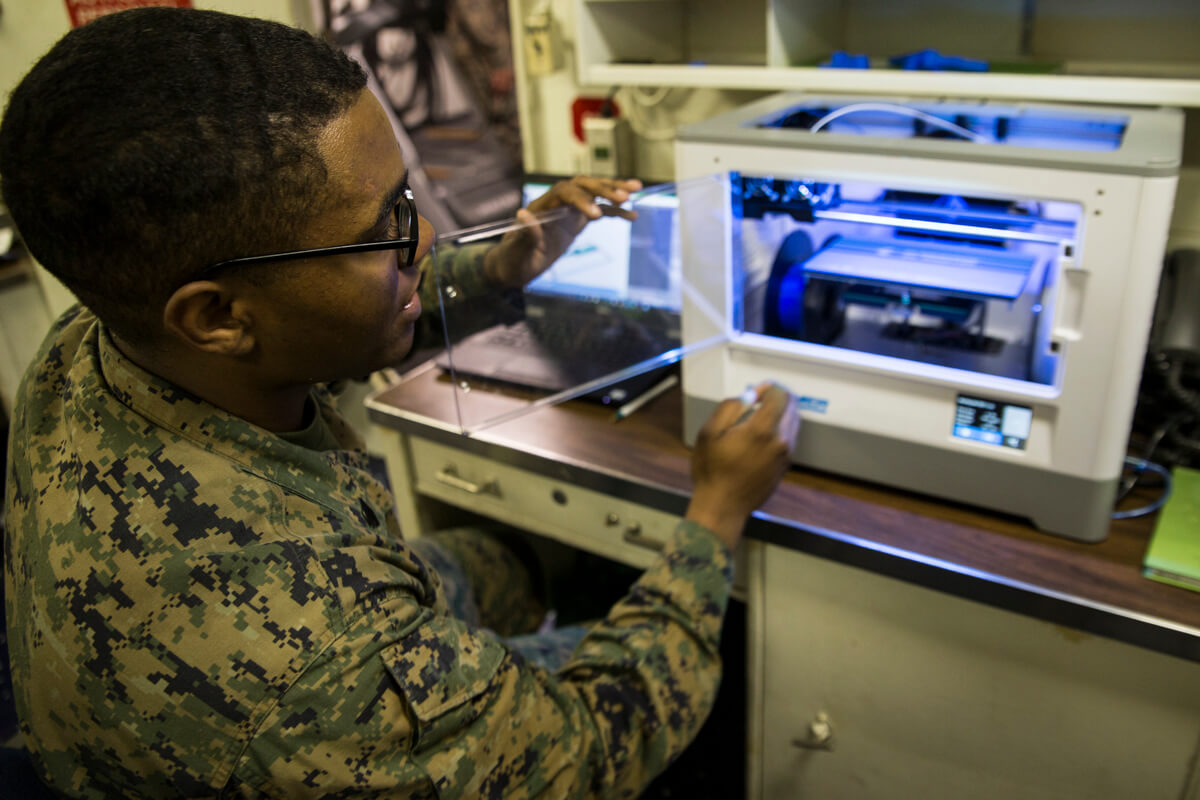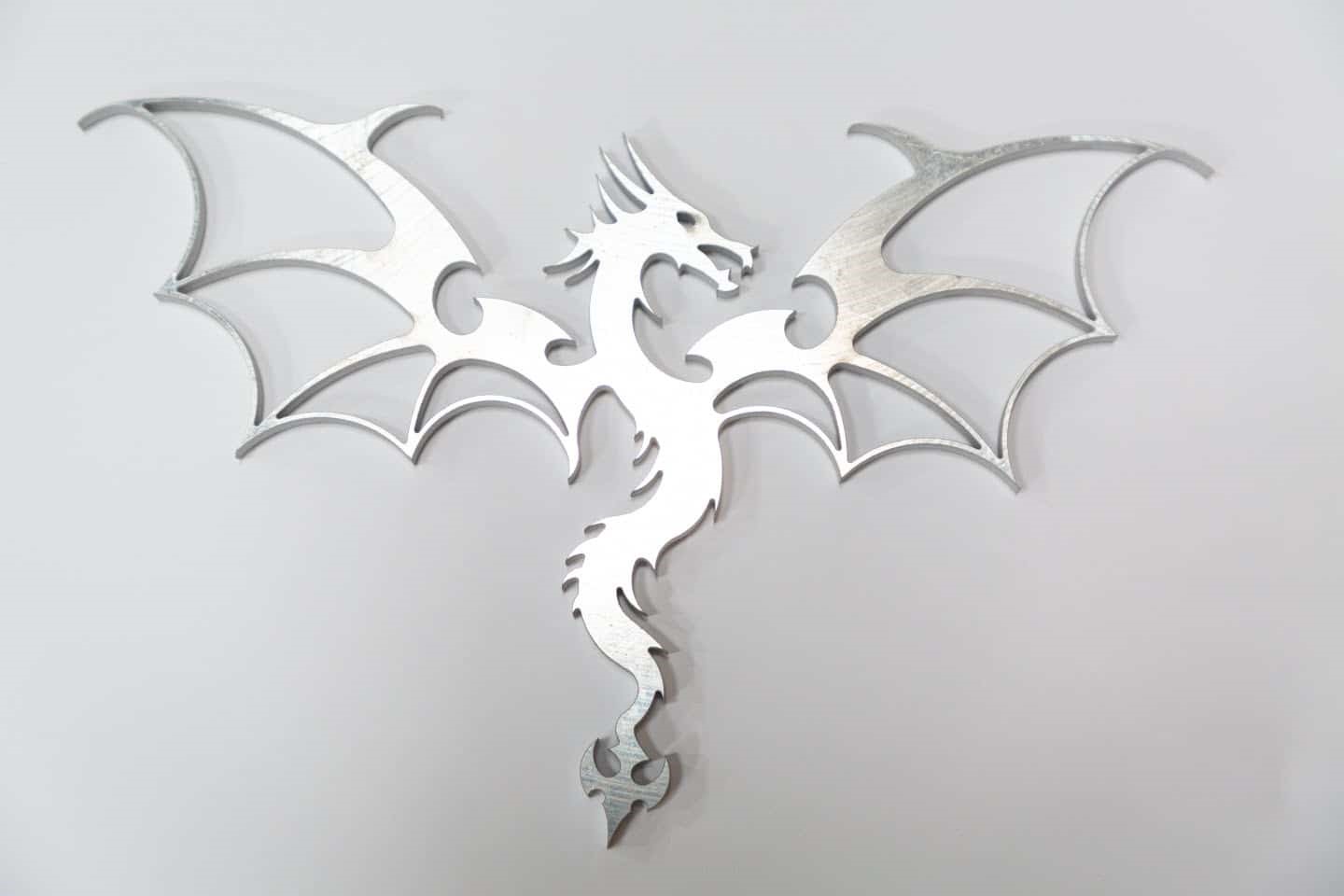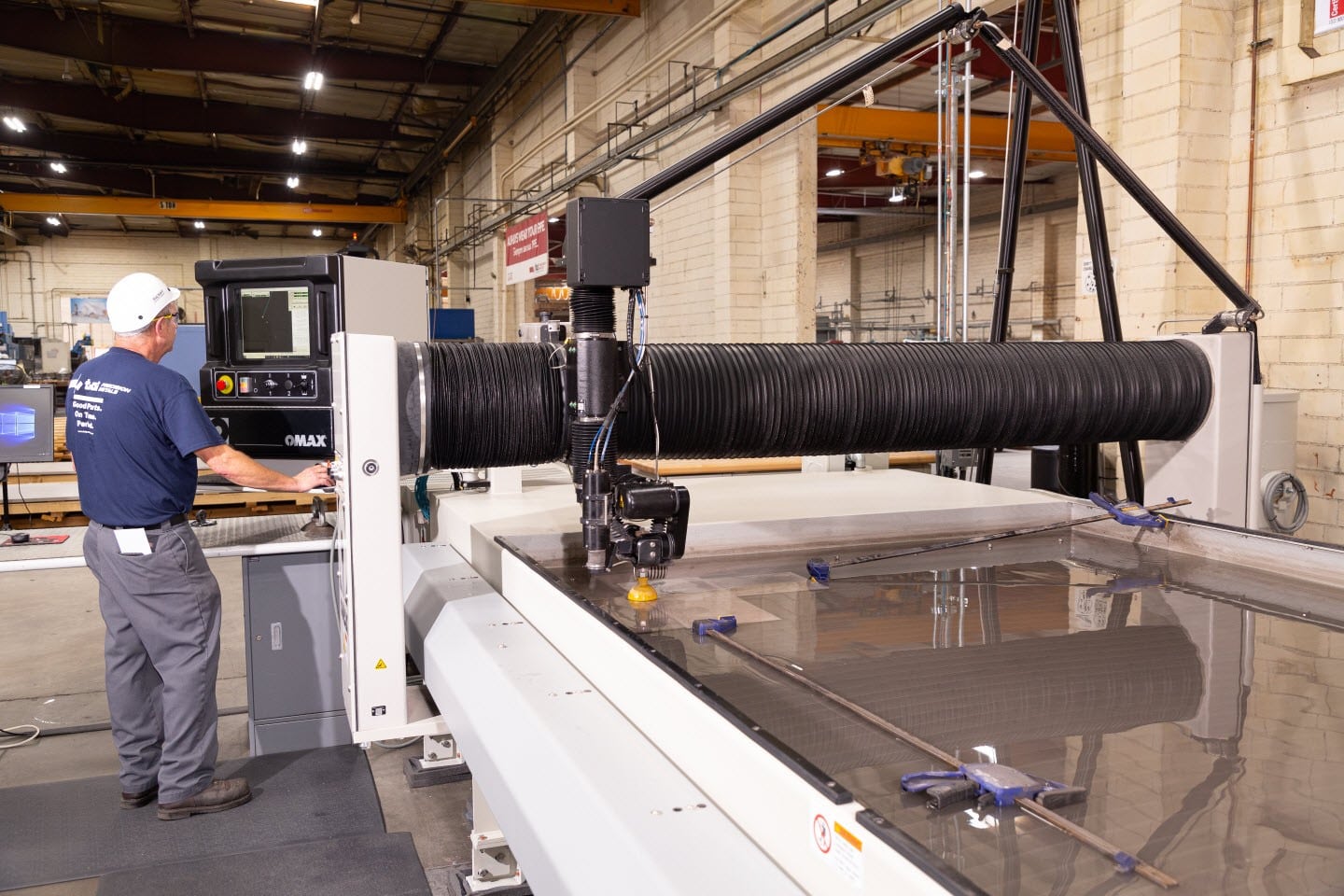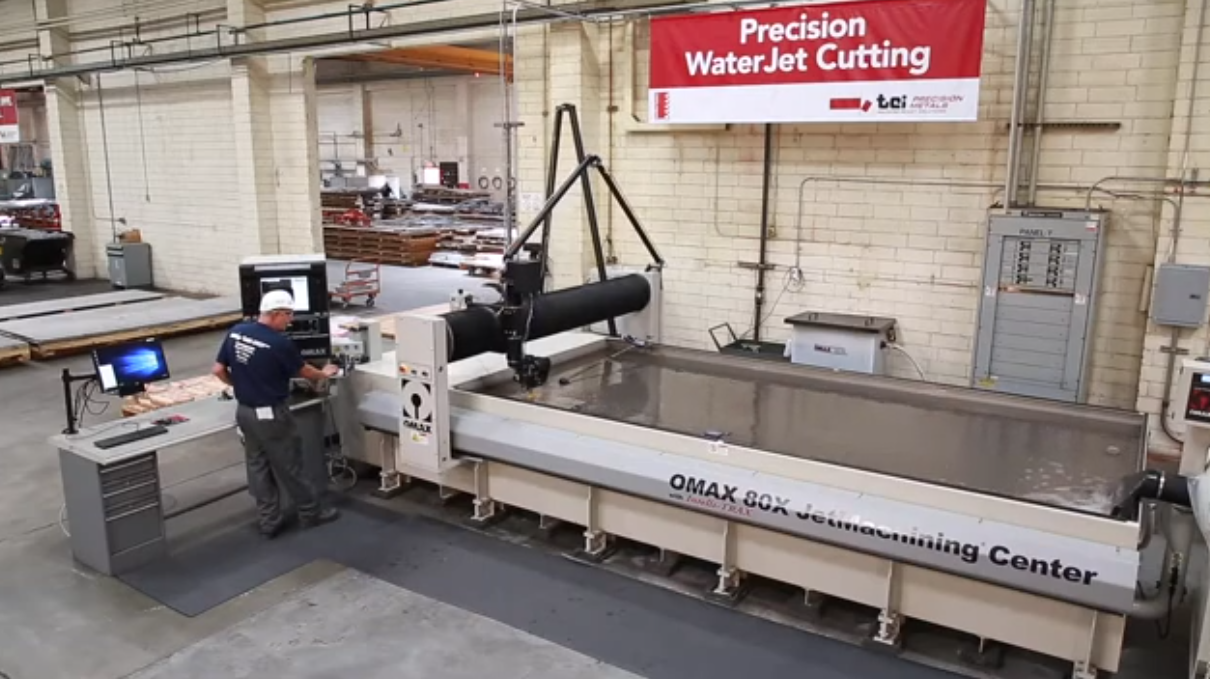Since the birth of Additive Manufacturing, new techniques have continually emerged, giving engineers and designers more ways to bring complex ideas to life. Today, even metal 3D printing is a mature and reliable process, capable of producing intricate geometries and high-performance components. As a result, 3D printing now appears in nearly every industry—fashion, medicine, aerospace, and naturally, military applications. In this article, we explore some of the most notable uses of 3D printing in the military field.
3D Printed Military Buildings and Facilities
Operational environments often demand rapid, reliable, on-site construction. To address these challenges, the U.S. Marine Corps Systems Command formed a specialized Additive Manufacturing Team dedicated to researching and applying 3D printing in field construction. Working with Marines from the I Marine Expeditionary Force, they successfully 3D printed a 500-square-foot concrete barracks hut in just 40 hours—a task that previously required five days and a 10-person team.
In 2019, the same team collaborated with the 1st Marine Logistics Group at Camp Pendleton to 3D print a reinforced concrete bridge using an Automated Construction of Expeditionary Structures (ACES) printer. More recently, they tested larger nozzles for concrete printing to produce structures like bunkers more efficiently. These advancements point toward a future where on-demand, in-field additive construction becomes standard military practice.
3D Printed Military Equipment and Accessories
Military 3D printing extends far beyond buildings. In cold-climate missions, broken snowshoe clips can compromise operations. The AM team addressed this by producing 3D printed replacements for just five cents each. They also designed an insulated, 3D printed radio cover to protect lithium-ion batteries from rapid discharge in freezing environments.
Metal Additive Manufacturing is also advancing military capabilities. The team successfully developed and tested a stainless-steel 3D printed impeller for the M1A1 Abrams tank, running over 100 hours of evaluation. The ability to produce such a component in under a week demonstrates the strategic value of metal 3D printing for battlefield readiness.
Final Insights
3D printing continues to reshape military operations, offering rapid construction, custom equipment, and fast production of mission-critical parts. These examples represent only a small portion of what Additive Manufacturing can achieve in defense environments. Historically, many civilian technologies were born from military innovations, and additive construction or field-ready 3D printed components may soon influence civilian housing, disaster response, and industrial fabrication.
In this evolving landscape, reliable 3D modeling software remains essential. SolidFace offers full compatibility with additive manufacturing workflows, along with cloud-based collaboration tools that help teams design, iterate and deploy models efficiently—whether for military-level applications or traditional engineering projects. As Additive Manufacturing progresses, SolidFace provides the digital foundation needed to keep pace with innovation.






